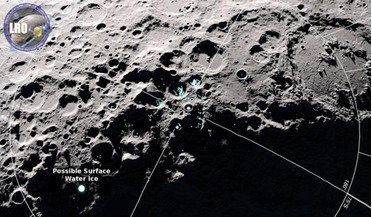 11 March 2019
LAMP shows migrating water molecules on the Moon
11 March 2019
LAMP shows migrating water molecules on the Moon
..., on NASA's Lunar Reconnaissance Orbiter (LRO), a team of scientists have observed water molecules ‘hopping’ around the dayside of the Moon. The sparse layer of water molecules is more common at higher latitudes and temporarily sticks to the layer...
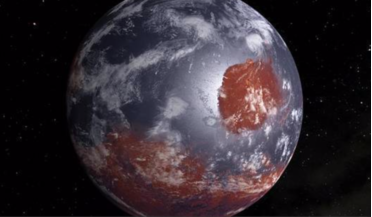 29 May 2019
Comets inspire new way to make breathable oxygen on other planets
29 May 2019
Comets inspire new way to make breathable oxygen on other planets
...its motion. In this instance, the motion came from water molecules that had vaporised from the comets surface, and were ... got CO2 to bend in the right way. "In general, excited molecules can lead to unusual chemistry, so we started with that," Miller ...
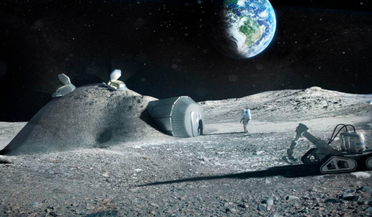 26 October 2020
Scientists detect molecular water and cold ‘water traps’ on the Moon
26 October 2020
Scientists detect molecular water and cold ‘water traps’ on the Moon
... they can be found at both poles. They are also ideal in sequestering H2O and from stopping the water molecules from roaming around the surface too far. The team, headed by Paul Hayne at the University of Colorado...
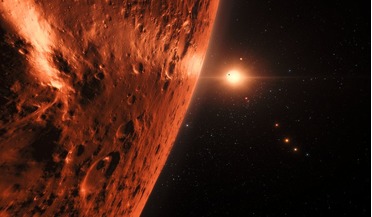 01 September 2017
TRAPPIST-1 planets could contain substantial amounts of water
01 September 2017
TRAPPIST-1 planets could contain substantial amounts of water
... This happens when photons of a certain energy break the bonds of molecules into their constituent atoms. This is a process known as photodissociation and in the case of a water molecule, once it is broken up, the very light hydrogen atoms can escape...
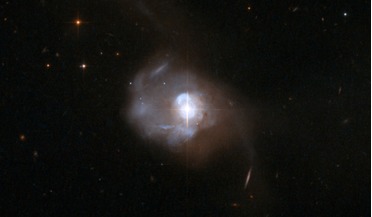 19 February 2020
Molecular oxygen detected for the first time in another galaxy
19 February 2020
Molecular oxygen detected for the first time in another galaxy
...to why there is so little available free oxygen given its widespread abundance is that it is being predominantly locked up in water molecules and then frozen onto dust grains and sequestered away. However, the lack of detections means a comprehensive...
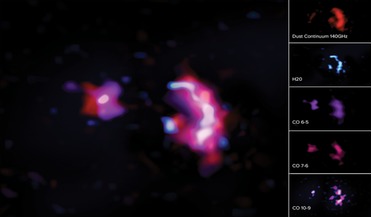 03 November 2021
Astronomers spot the most distant detection of water in a star-forming galaxy
03 November 2021
Astronomers spot the most distant detection of water in a star-forming galaxy
... the stars in the galaxy and re-emits it as far-infrared photons, Jarugula says. “This further excites the water molecules, giving rise to the water emission that scientists are able to observe. In this case, it helped us to detect...